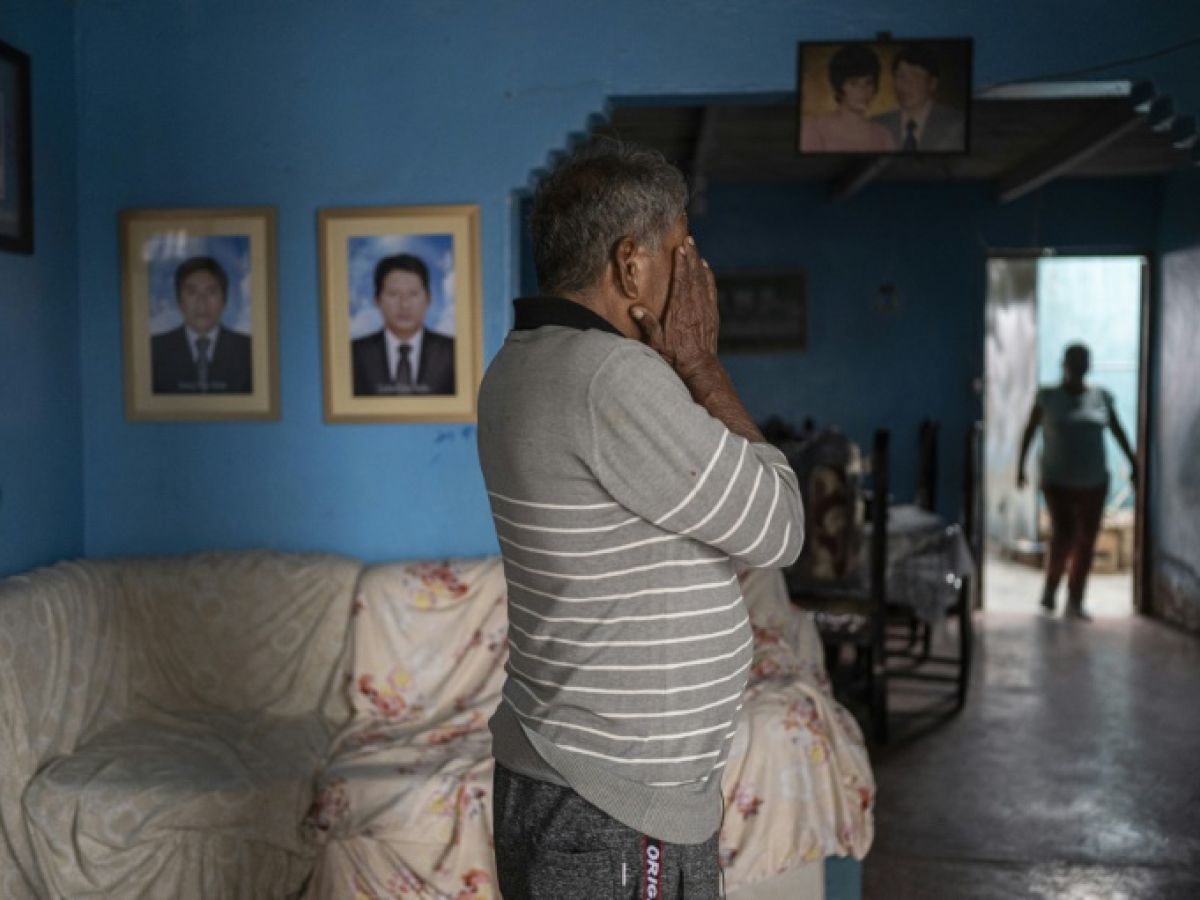Sayuri Moreno discovered abnormally high levels of arsenic in her body during her pregnancy but had no choice but to continue breastfeeding her baby. The only effective treatment according to his doctors: leaving his village in northern Peru where hundreds of families are exposed to pollution linked to mining activity.
In the slums of Huarmey, where she lives with her husband and three children, the Ministry of Health recently recorded 120 cases of high levels of arsenic in urine among 140 samples taken. Most are women and children.
Behind this fishing village in the Ancash department where 3,000 inhabitants live, underground pipelines transport copper and zinc concentrates to their shipping port.
The released inorganic arsenic occurs naturally alongside copper ore and is released as a byproduct during its processing.
The main “chemical contaminant” of drinking water according to the World Health Organization (WHO) – which estimates that 140 million people worldwide consume water containing high levels of arsenic, either directly , or by foods prepared with contaminated water – it is classified as carcinogenic and as one of the ten most dangerous substances for public health.
– “Abandons” –
Sayuri Moreno, 37, learned of her contamination during a prenatal examination: “I was scared, because I had heard that it caused cancer,” she told AFP.
His children, Keity, 11, and Iker, 7, also have levels above the authorized levels, but not his youngest Valeria, aged 11 months.
She was “born normal” and “my doctor recommends that I stop breastfeeding and leave here,” says Ms. Moreno.
But like so many other modest families who make a living from fishing in Puerto Huarmey, Sayuri Moreno and her 38-year-old fisherman husband, Alan Guerrero, do not have the financial means to follow the doctor's advice.
The family tried to uproot themselves to “detoxify”, but had to return after three months, due to a lack of alternatives to fishing.
They can rarely afford bottled water and powdered milk for the baby. “We feel abandoned without anyone's help”, with “a powerful mining company facing us”, deplores Alan Guerrero, who has not been analyzed and also fears high rates.
– “No cure” –
In Peru, the world's second largest producer of copper after Chile, the authorities have not yet officially ruled that the arsenic contamination in Puerto Huarmey came from mining.
The director of the local hospital considers the number of people affected and the level of arsenic in their body “worrying”: “each time we carry out a more in-depth screening we discover 80% new positive cases”.
According to the Peruvian Ministry of Health, the maximum allowable level of arsenic in the body is 20 micrograms per liter of urine.
It is 60 micrograms for Sayuri Moreno, 81 micrograms for her eldest daughter, and 70 micrograms for her son.
“There is no cure,” explains Percy Herrera, expert from the Heavy Metals team at the Ministry of Health. “The best thing to do is to identify the source (of contamination) and control it. Unfortunately, this is something that does not necessarily depend on the “health system”.
– “Suddenly this nightmare” –
Pregnant Mireya Minaya had a level of 142 micrograms. Her baby, Danna, is not infected.
But on his son Fabricio, aged three and suffering from anemia, a concentration of 540 micrograms per liter of urine was recorded.
Last year, the government paid for his transfer and hospital care in Lima, 290 kilometers from Huarmey, like that of other infected people.
Mireya Minaya was hospitalized for 10 days and doctors discovered tumors on her ovaries, probably malignant.
“I don't want to know and I asked to leave the hospital and came back” to Huarmey, the 33-year-old woman, cook in a restaurant, told AFP.
“We were living normally… and then suddenly this nightmare. We don’t know if it will ever end,” she laments in her woven reed house, without water or electricity.

